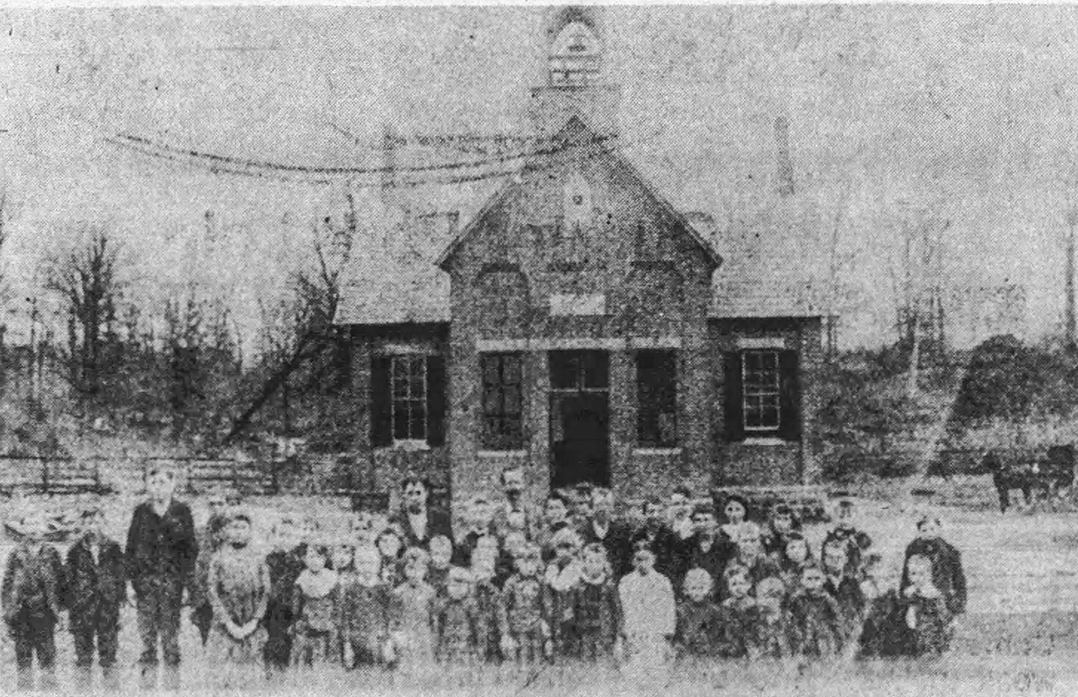Commentary by Robert Bowling
Looking at Fishers today, it is hard to imagine that this bustling suburb was nothing more than a few city blocks. Now, it covers more than 35 square miles and two townships. A few other towns once existed within Fishers, but like many of them, they eventually ceased to exist. As time passed, some of them lived on while others got absorbed. Some of those towns within Fishers live on in name only, but there is one that literally disappeared leaving no trace behind – West Liberty.
The town’s rough geographic boundaries stretched from the White River to Hague Road and from 116th Street to 96th Street. The main artery through West Liberty was Allisonville Road, which at the time was known as the West Liberty Gravel Road. The road was heavily traveled as it was a vital link to Indianapolis, but most important, it was a free road. Many of the roads in Hamilton County were privately owned and required a toll.
The origin of the town’s name is a mystery. In the 19th century, many towns were given patriotic-sounding names to reflect the nation’s growing patriotism. According to the National League of Cities, there are 31 cites with Liberty in its name; 12 Independence; nine Freedom; five America; and only one city named Patriot. Indiana has all five.
Because Liberty, Ind., in Union County on the Ohio border was already taken, West Liberty was perhaps chosen to distinguish itself geographically.
Religion played an important role in many of these pioneer towns. While Fishers had the Methodist Episcopal church, West Liberty was a Quaker community. The church, which was on the corner of present day 106th and Allisonville Road, was built in 1896. It was built by the Friends church in Carmel. The church lasted until the end of World War II when ownership reverted back to Carmel and its members joined other nearby churches. Although the church is gone, a cemetery still remains which is not easily accessible to the public. The cemetery was adjacent to the church and it is now referred to as the Eller Cemetery.
At one time, West Liberty had a Quaker church, a blacksmith shop, a school (No. 8), and a grocery store. But its claim to fame was the horse racing track that drew visitors from across the state. Marcus Hare built a farm, known as Grasslands, for the sole purpose of breeding horses, and he eventually built a racing track. His farm and the surrounding area were once considered as a possible location for the Indiana State Fair.
Hare died in 1911 but his farm continued to operate until 1917, the same time the Quaker church met its demise. The farm eventually was owned by the Gatewood family, who in turn sold it in 1960. The sale paved the way for the construction of the Indianapolis Metropolitan Airport.
Although hardly anything exists of West Liberty today, it is still important to the history of Fishers.





